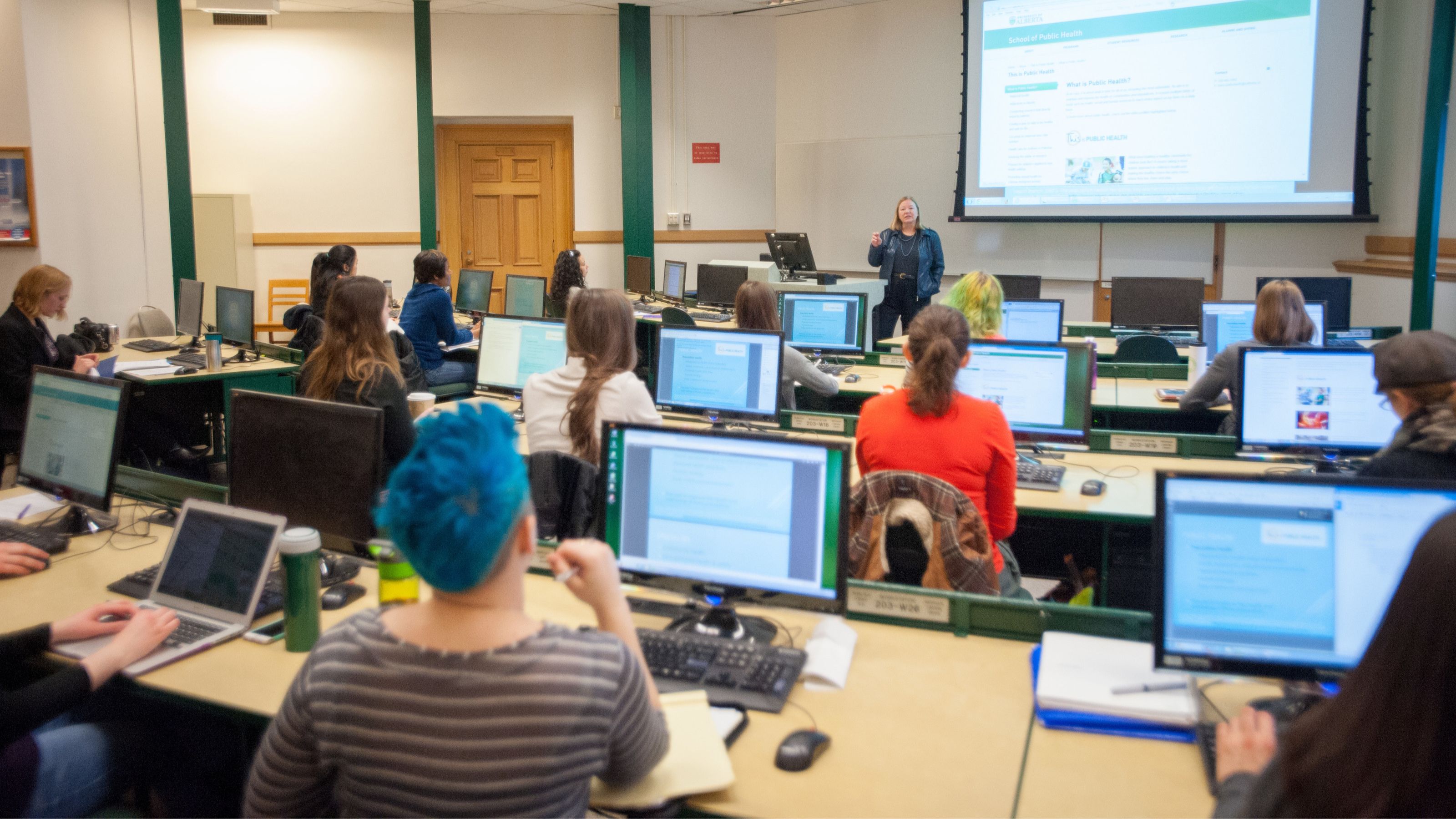As generative AI becomes more widespread, the Office of the Provost has heard from across the University of Alberta that current guidance would be helpful on how to approach generative AI in learning environments. Because of this, the U of A has established the Taskforce on AI and the Learning Environment. As Chair of the taskforce, I am writing to provide you with a few updates.
Provost’s Taskforce on Artificial Intelligence and the Learning Environment
A Provost’s Taskforce on AI and the Learning Environment has been created to foster conversation across our campuses about generative AI like ChatGPT, Lex.page DALL-E2, Google BARD, Microsoft Bing and similar applications. The Taskforce will provide recommendations back to our different university communities (General Faculty Council; Faculty Councils; students; instructors; etc.) on how best to deal with the opportunities and challenges of generative artificial intelligence in the learning environment. The U of A is also well positioned to contribute to society’s broader conversations about the role of artificial intelligence in our learning environment and beyond. We want to thank the members of the Taskforce for their important work. Please find the taskforce membership here.
Guidance for Winter 2023 Courses
The Taskforce has been asked to provide specific guidance for courses underway this semester. Given the diversity of learning environments across our campuses, the general guidance that we can give includes the following:
- Have conversations with your students about your expectations regarding the use of generative AI, particularly in your course assignments. If students are using generative AI, how would you like them to indicate that to you (e.g. in the sources cited page, methodology section, prefatory comments, or in-text citation)? Please make sure that you also summarize these conversations in a written format and include them in eClass in a place where students will find them for those who may not have been in class. This also gives students a place to refer back to when completing assignments. Your Department or Faculty may also have specific guidance for you.
- Identify creative uses for generative AI in your course (idea generation; code samples; creative application of course concepts; study assistance; language practice). Discuss limitations of tools like ChatGPT in the topics covered by your course, including the limitation of data used (prior to 2021), factually inaccurate information, biases and discrimination in the data used to generate text and in the output, and the use of culturally inappropriate language and sources.
- Remind students that the Code of Student Behaviour states: “No Student shall represent another’s substantial editorial or compositional assistance on an assignment as the Student’s own work.” Submitting work created by generative AI and not indicating such would constitute cheating as defined above.
- Stress to students the value of building their own voice, writing skills, and so on. Motivating students to share their ideas, perspectives, and voice may make generative AI less appealing. Similarly, asking students to share their reflections (reflective writing) can help reinforce student investment in the learning process. If instructors are equipped to do so, they can even show how generative AI can be used as a tool to aid in work as opposed to replacing student work.
- Remind students that AI tools such as ChatGPT gather significant personal data from users to share with third parties.
The U of A’s Centre for Teaching and Learning is also working on further resources for instructors on AI in the learning environment, and we anticipate those resources will be available shortly.
Guidance on Detecting Text Composed by Generative AI
There are different services online that purport to detect text composed by generative AI with varying degrees of accuracy and false positive rates. There are many ethical considerations that must be taken into account when submitting the work of students to such services. As a general practice, the U of A does not recommend use of such services. Any exceptions that may make sense at a department or Faculty level will need to go through the University of Alberta Privacy and Security Review process prior to use.
We will be providing further updates and recommendations as the taskforce progresses. If you have any questions, please do not hesitate to contact me or the members of our taskforce. I look forward to participating in conversations with our U of A communities, and hearing from you about the creative ways we are learning to adapt to generative artificial intelligence to prepare our students for making a difference in their communities after graduation.
Sincerely,
Karsten Mündel, PhD
Acting Vice Provost (Learning Initiatives)
Chair, Provost’s Taskforce on Artificial Intelligence and the Learning Environment
